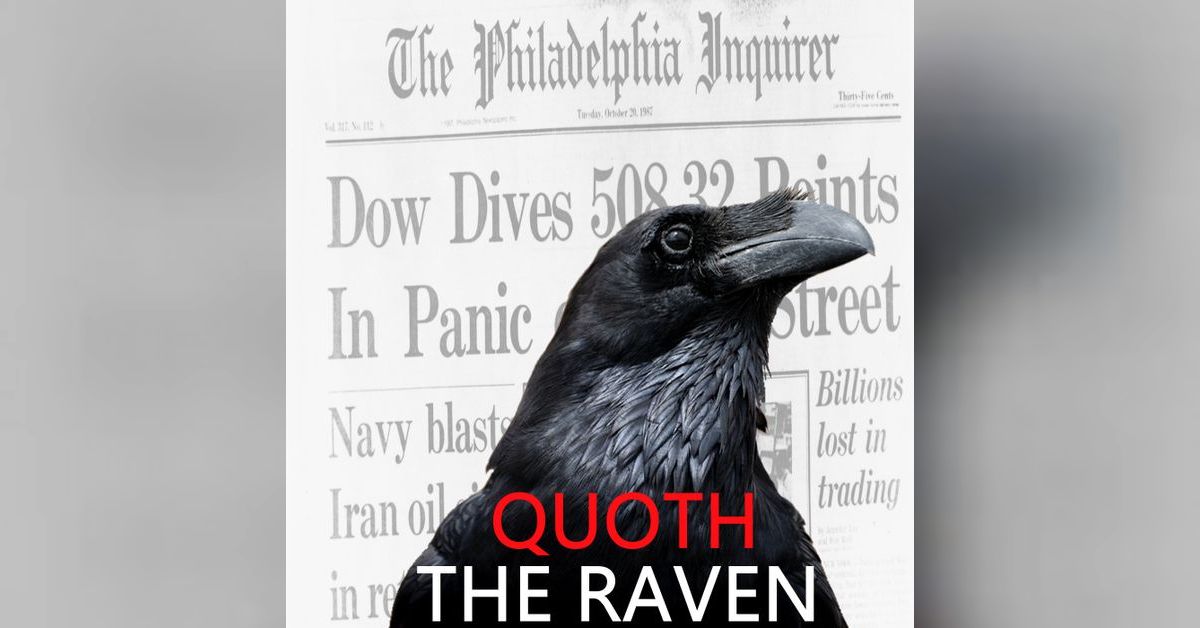Also consider the comments made by Agustín Carstens, general manager of the Bank of International Settlements (BIS). The BIS, in case you’re unfamiliar, is often called the “central bank of central banks.” That’s because it provides banking services to as many as 60 financial institutions from all over the world, including heavyweights such as the Federal Reserve, Bank of England (BoE), European Central Bank (ECB) and Bank of Japan (BoJ). Its influence on global monetary and financial policy, in other words, is monolithic. [...]
As you can see in the chart below, gold rallied between November 2018 and February, when it peaked at around $1,343 an ounce. Ordinarily, you could expect inventory in the bullion-backed SPDR Gold Shares ETF (GLD) to continue to climb at least until then. But that’s not at all what happened. Three weeks before the price of gold peaked, the holdings in the GLD curiously began to fall, and by March 4, the ETF had lost approximately 57.8 metric tonnes. And because the GLD is the largest gold ETF in the world—its value stands at $30.2 billion, as of this week—such selling will naturally impact the price of gold. Sure enough, the yellow metal soon fell below $1,300. What gives?
The answer to that question may lie in the BIS’ monthly statement of account for February. According to Robert’s reporting, the BIS was still actively trading gold swaps, which it uses to gain access to the metal held by commercial banks. Specifically, the bank placed as much as 56 metric tonnes of gold swaps into the market in February.
If you ask me, that amount is remarkably close to the 57.8 tonnes that fled the GLD in the first quarter of this year.

 Thank you!
Thank you!


 Three part series of Q&A with transcripts can be
Three part series of Q&A with transcripts can be